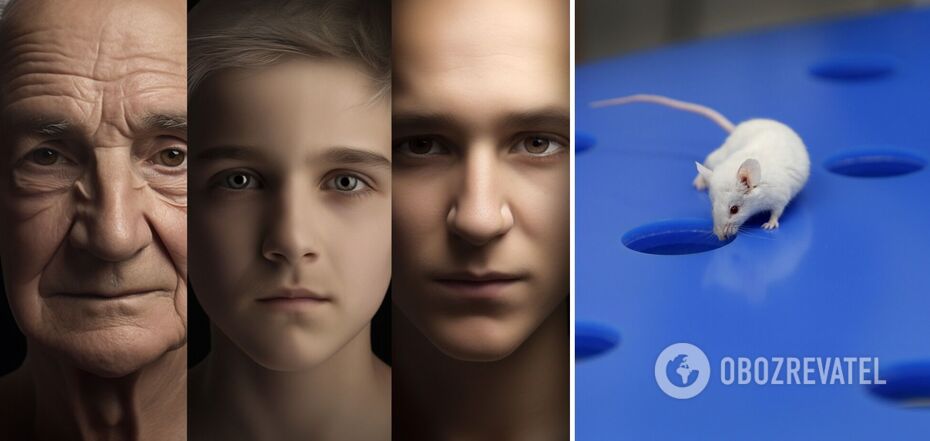Life
Bloody 300-year-old ritual proves effective anti-aging: scientists have evidence
Scientists have found evidence that transfusions of young blood can slow the body's aging and improve health. This has already been experimentally proven with mice, but scientists are still not sure how it all works.
The results of the study were published in the scientific journal Nature Aging. Thus, as Invers writes, scientists have in a sense managed to confirm the "procedures" of rejuvenation practiced by the rich since the eighteenth century.
Researchers have long believed that young blood may have strong anti-aging properties. Over the past 150 years, they have tried to prove this through a surgical procedure called parabiosis. This procedure involves stitching together two animals (usually mice) that share a common circulatory system as a result of such an operation.
Studies conducted on mice proved that transfusion of young blood makes the liver and heart of older mice stronger. In addition, a slowing down of brain aging was recorded.
A recent study conducted by scientists together with Duke University has revealed that parabiosis can slow down cell aging, as well as increase the life expectancy of individuals by 10%.
"This is the first evidence that a process called heterochronic parabiosis can slow the rate of aging, accompanied by an extension of longevity and health," James White, senior author of the study and associate professor of medicine and cell biology at Duke University School of Medicine, said in a commentary.
Traditional parabiosis studies last three weeks, but this time the scientists sought to get more data and see if the rejuvenation would last longer. The testing was done over 12 weeks, and they also made it more complicated by using very old and very young mice.
The study used four-month-old mice (equivalent to 20-30 years old in humans) and two-year-old mice (equivalent to 56-69 years old in humans). After a certain amount of time, the mice were separated and after two months, the researchers examined the bodies of the old mice to see what condition it was in.
It turned out that genetic aging of blood and liver tissue was significantly reduced. The researchers also found that genes associated with longevity extension, which are activated by interventions such as calorie restriction, were turned on.
The procedure led to cell rejuvenation in the old mice and a 10 percent increase in lifespan compared to a control group of mice not subjected to parabiosis.
Despite the successful study, White notes that such a procedure is not moral or practical for humans. Nor can it be said with certainty that the results of this study can be extrapolated to humans.
He acknowledged that scientists do not fully understand exactly which molecules in young blood cause the rejuvenating effects.
"The elements that control this process are important, but they are not yet known. Are they proteins or metabolites? Are they new cells that the young mouse gives the young mouse, or is the young mouse just buffering the old blood? That's what we hope to find out next," the scientist noted.
Earlier OBOZREVATEL told about eccentric 45-year-old millionaire entrepreneur from the United States Brian Johnson, who is so eager to be young that he started transfusing himself the blood of younger people. One of the donors was his 17-year-old son.
Subscribe to OBOZREVATEL 's Telegram, Viber and Threads channels to keep up to date with the latest news.



























